Tall box plants are an excellent choice for creating natural privacy screens in your garden or landscape.
With a variety of species and cultivars available, choosing the right tall box plant for your needs can be a rewarding experience.
Growing and maintaining tall box plants requires some care, but the results are well worth the effort.
By the end of this article, you'll have a better understanding of how to select, grow, and maintain the perfect tall box plant privacy screen for your outdoor space.
1. Leyland Cypress
Leyland Cypress is a popular evergreen that can grow up to 4 feet per year, reaching heights of 60-70 feet.
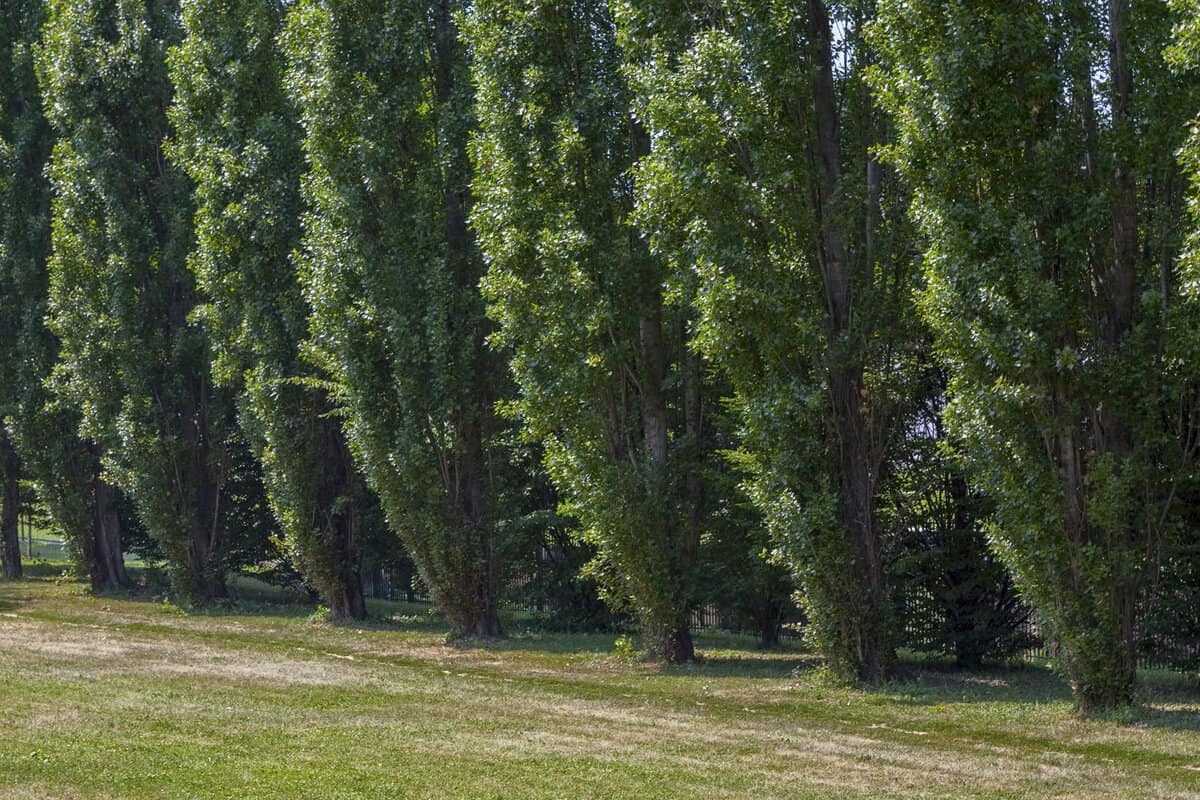
This plant is known for its ability to provide privacy quickly and is commonly used as a natural fence.
It is low-maintenance and adapts well to a variety of soils and sunlight conditions, making it a great option for any landscape.
2. Juniper
Known for their dense growth and attractive foliage, Junipers provide an excellent privacy screen. Some varieties, such as the eastern redcedar, can grow up to 40 feet tall and 20 feet wide.
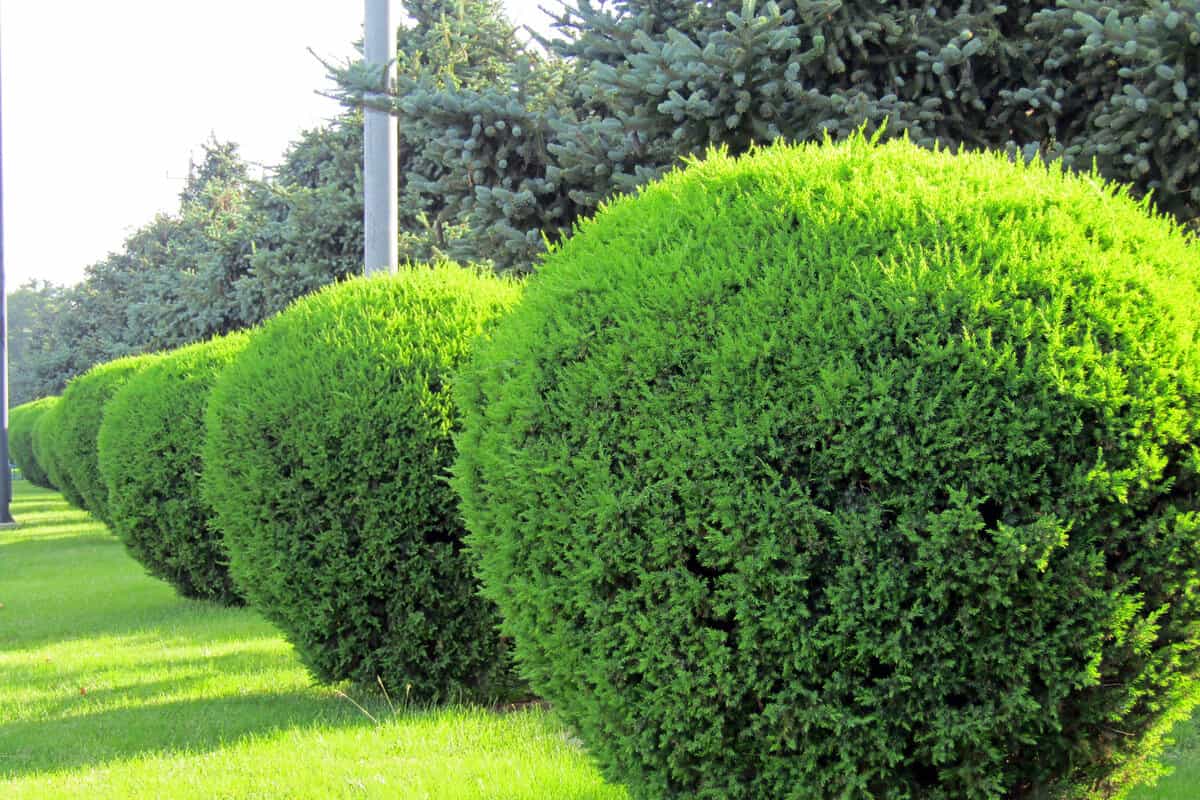
They are versatile plants that can be trimmed to maintain a specific size and shape.
These plants prefer well-drained soil and at least 6 hours of sunlight daily for optimal growth.
3. Privet
Privet shrubs are a classic choice for hedges due to their dense foliage and rapid growth. They can grow up to 15 feet tall and can be pruned to maintain a desired size.
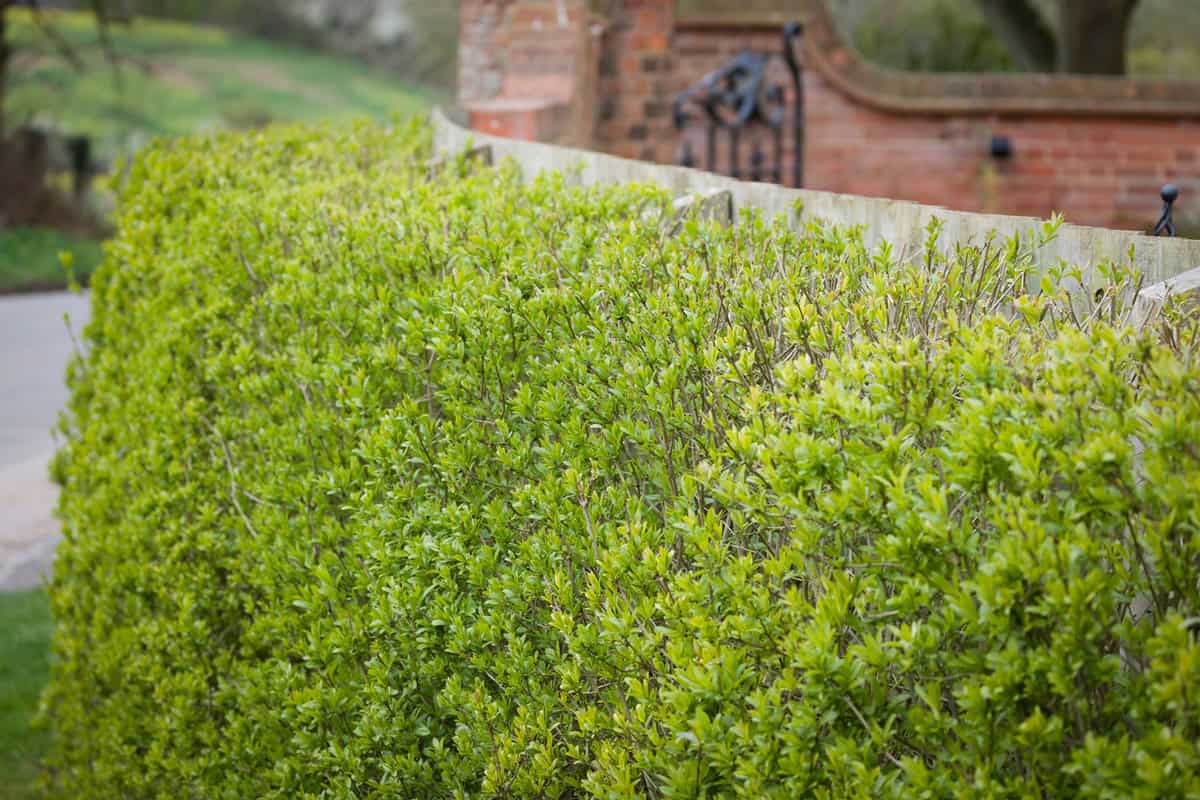
Privets are adaptable and thrive in a variety of soil types and sunlight conditions.
These plants are deciduous but can be semi-evergreen, depending on the climate where they are grown.
4. Hornbeam
Hornbeams are known for their attractive foliage and ability to grow tall, making them an excellent option for properties in need of privacy.

European Hornbeam can reach heights of 40-60 feet, while American Hornbeam typically grows to 20-40 feet tall.
These trees thrive in well-draining soil and partial to full sunlight. Hornbeams can be pruned to create a dense hedge, perfect for creating a secluded and peaceful garden space.
You might also like: The 13 Best Plants for Edging Along a Sidewalk—A Comprehensive Guide to Beautifying Your Walkway
Choosing Tall Box Plants
Considering the following factors can significantly improve your success when choosing and caring for tall box plants.
Native Species Versus Exotic
When selecting tall box plants, it's essential to consider the origin of the species.
Native species are more likely to thrive in your area, requiring less maintenance and providing natural habitats for local wildlife.
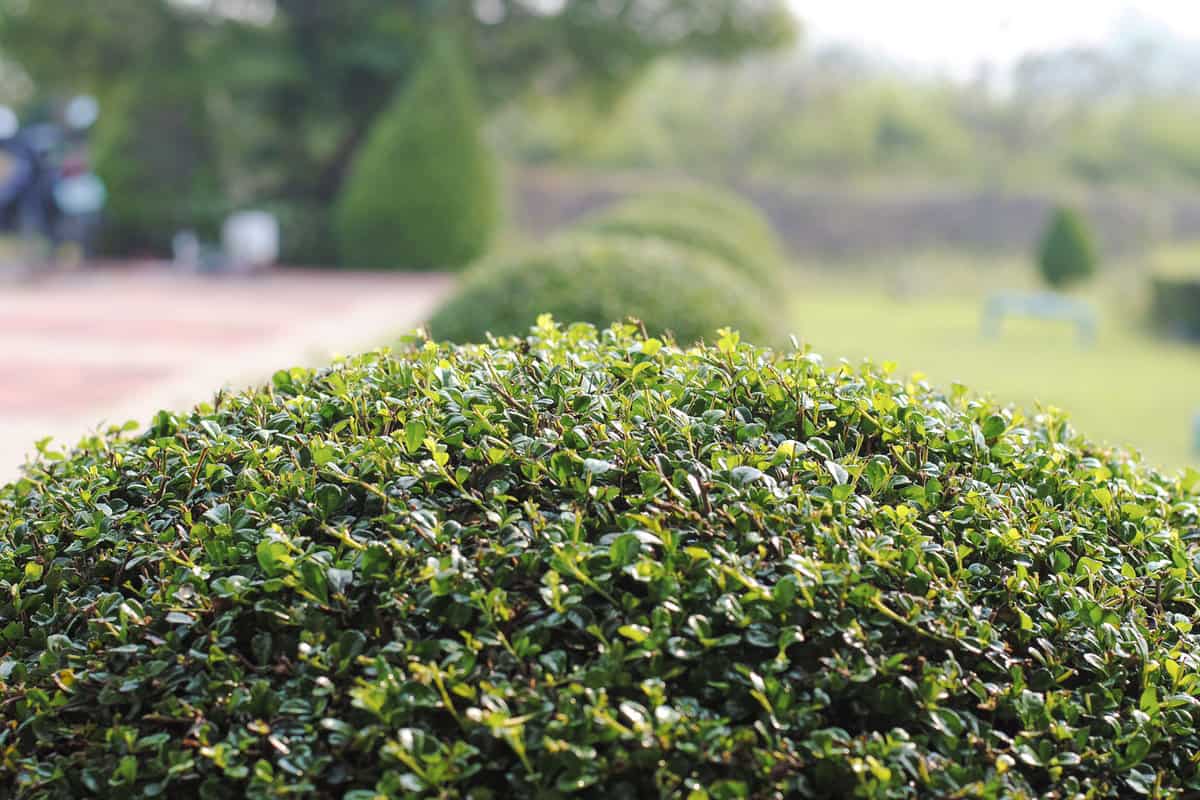
On the other hand, exotic plants may offer unique foliage or growth habits and can be a stunning addition to your landscape.
Consider the pros and cons of both native and exotic box plants before making a decision.
Growth Rate And Mature Height
Different box plants have varying growth rates and mature heights. It's essential to select a plant with a growth rate and mature height that aligns with your desired privacy screen, hedge, or garden feature.
Sun And Shade Preferences
Box plants can have different sun and shade preferences. Some thrive in full sun, others in partial shade or full shade.
Knowing the sun exposure of your planting location is essential to choose a box plant that will best suit your needs.
Disease And Pest Resistance
Lastly, it's essential to choose tall box plants that are resistant to common diseases and pests.
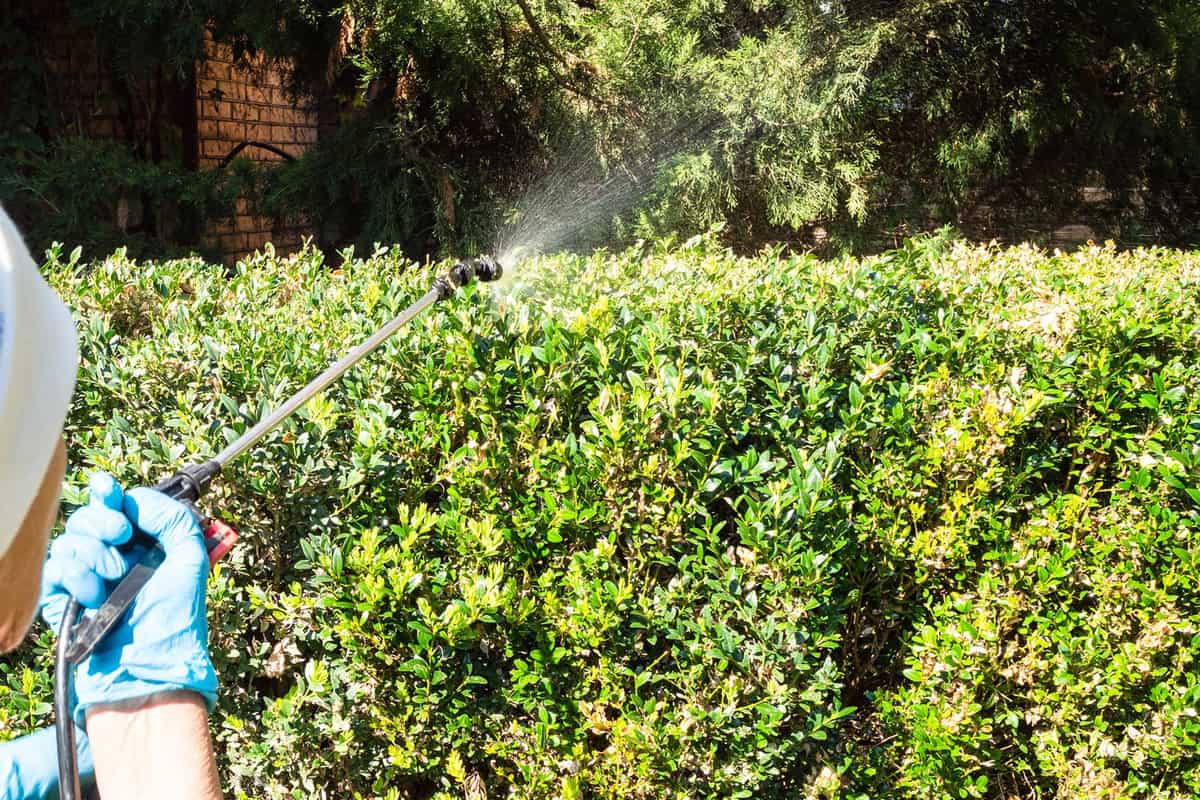
Some species are more susceptible to diseases like boxwood blight and pests like leafminers and mites.
Choose plants that have a good track record of resistance to give your box plants the best chance at success.
Maintaining The Shrubs
Maintaining tall box plants not only ensures their health and vigor but also helps preserve their function as beautiful privacy shrubs.
Watering and Fertilizing
Tall box plants typically require moderate watering to keep the soil consistently moist but not waterlogged. During the first year, it's essential to water them regularly.

As they become established, they can tolerate dry conditions, although it's a good idea to continue providing water during hot periods or drought.
A slow-release fertilizer can be applied once a year in the spring to provide nutrients throughout the growing season.
Pruning And Trimming
Pruning tall box plants helps shape them and maintain a tidy appearance. For overgrown shrubs, proper pruning can rejuvenate them.
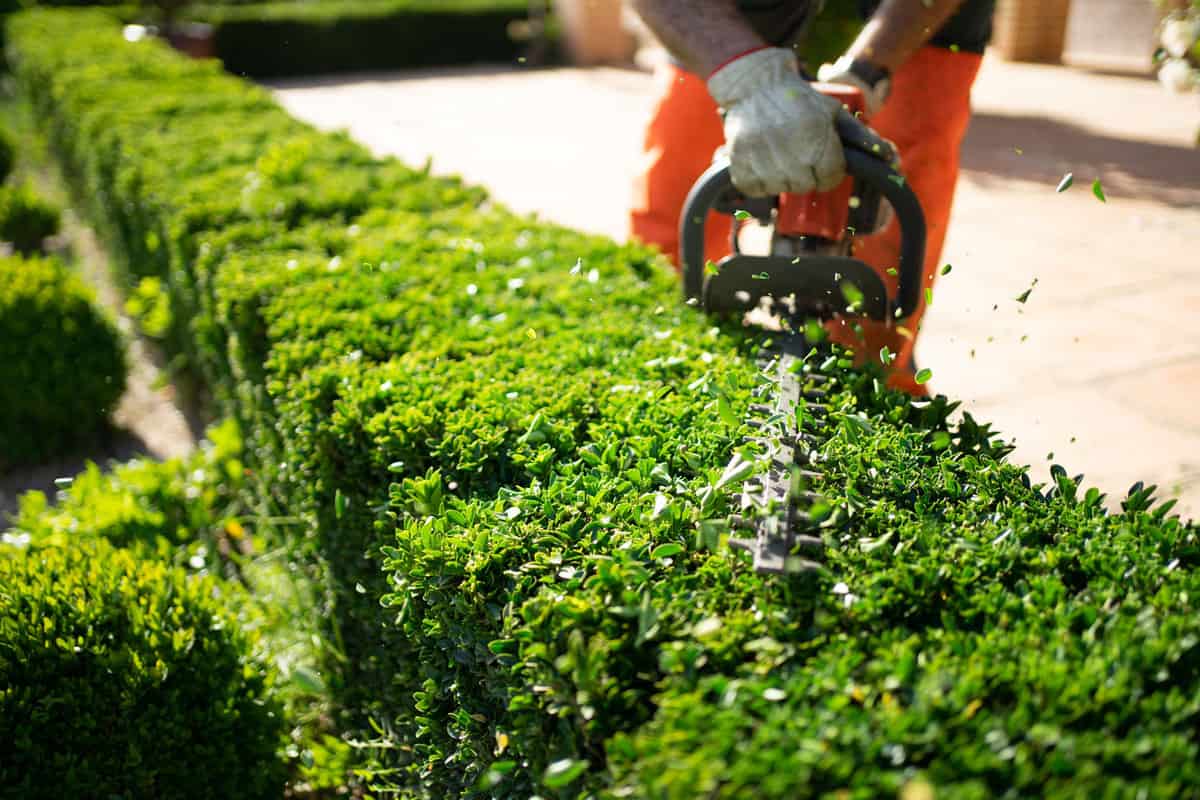
One method is to prune them back over a 3-year period. Begin by removing one-third of the large, old stems at ground level in late winter or early spring.
The following year, repeat this process with one-half of the remaining old stems. Equip yourself with appropriate tools like pruners; avoid using shears, particularly for large-leaved plants, as this may cause damage.
Learn more: The Secret to Beautiful Evergreens: When to Trim Evergreen Bushes in Your Region
Health Monitoring
Keep an eye on the overall health of your tall box plants and address any issues early. It's essential to monitor the shrubs, especially during their establishment phase.
In Closing
Growing tall box plants can significantly enhance the appearance of a landscape while providing privacy and acting as a natural barrier.
These plants require regular care and maintenance, including pruning, watering, and monitoring plant health.
By following the tips and guidelines provided, you can successfully grow and maintain these privacy shrubs, adding beauty and seclusion to your garden.
